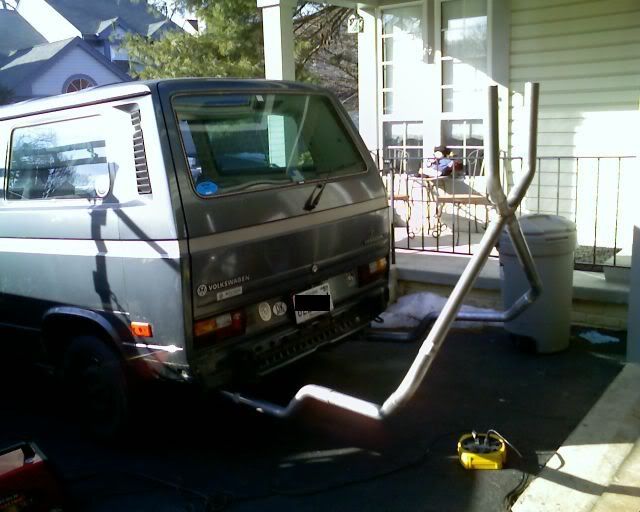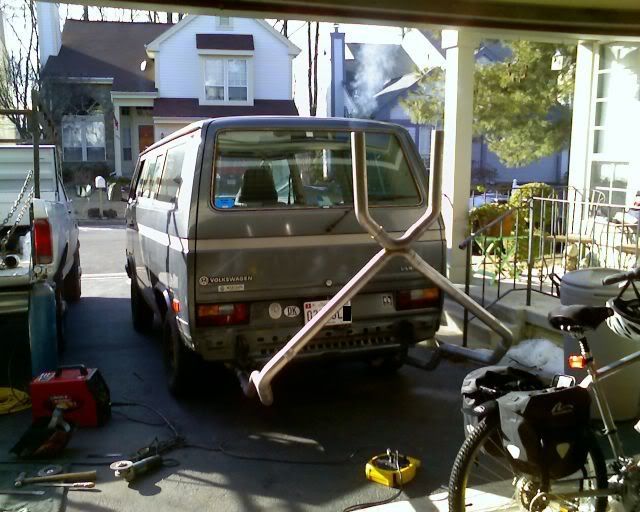So, I don't have a lot of coin on hand, so I bought a house that was foreclosed. One of the reasons the house could not sell was because the basement constantly flooded for the last 60 some years, finally causing one of the retaining walls to collapse, as you can see in these pictures. (Click to make it larger)

Here, you can see that the strength of the wall was entirely compromised, the cinder blocks were crumbling and useless. They never had re bar or concrete in them, so when the blocks had pressure put on them, they just went, and the dirt that was holding the foundation up just kept up the pressure . . .

The old wall definitely had to come down. First we dug the loose dirt out from behind it, and covered the packed dirt with cement to hold it in place while we were working.
The cinder block wall you see on the upper half of the above picture is the actual foundation for the house.
The next step is to remove the old cinder blocks . . .

You can see what the wall of dirt looks like, now that the cinder blocks (more like cinder mush) have been removed. We had to cut a hole to accommodate the water main for the house. You can see that the dirt is really packed in there to stay standing like that! I guess having a house's weight resting on it for 67 years got it nice and compressed . . .
And now, putting up the wall . . .
 Wow! That was quick! The new wall is up! Looks a bit better, I'd say. You can see the rebar sticking up from the blocks, it goes all the way through to the floor and is surrounded in cement.
Wow! That was quick! The new wall is up! Looks a bit better, I'd say. You can see the rebar sticking up from the blocks, it goes all the way through to the floor and is surrounded in cement. Here you can kinda see the back of David's head, but you should be looking above the wall, where we filled in above the dirt with gravel so it would not pack in like dirt. There, we also have a lattice of re bar tied in to the bars sticking out of the cinder blocks. This will help make everything stronger when we cap it with cement.
Here you can kinda see the back of David's head, but you should be looking above the wall, where we filled in above the dirt with gravel so it would not pack in like dirt. There, we also have a lattice of re bar tied in to the bars sticking out of the cinder blocks. This will help make everything stronger when we cap it with cement. And here's the cap! It took a lot of people helping, so a few carved their initials into the wet cement (most of that is off camera though). Remember, for larger versions, click the pictures!
And here's the cap! It took a lot of people helping, so a few carved their initials into the wet cement (most of that is off camera though). Remember, for larger versions, click the pictures!



